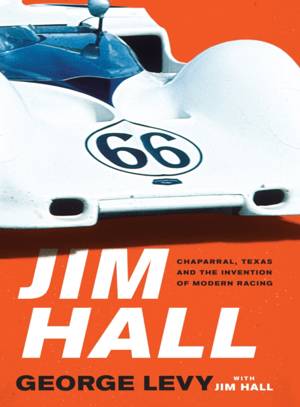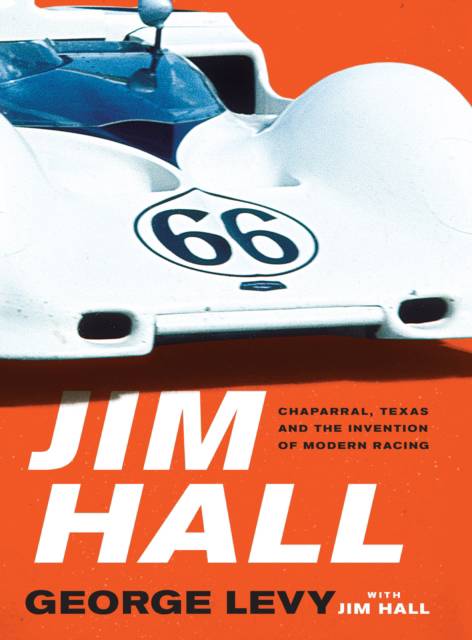
- Afhalen na 1 uur in een winkel met voorraad
- Gratis thuislevering in België vanaf € 30
- Ruim aanbod met 7 miljoen producten
- Afhalen na 1 uur in een winkel met voorraad
- Gratis thuislevering in België vanaf € 30
- Ruim aanbod met 7 miljoen producten
Zoeken
€ 36,45
+ 72 punten
Omschrijving
Jim Hall is the Charles Lindbergh of motor racing. The man who changed everything. Here, he tells his story for the first time.
From racing's earliest days, the men who designed and built these land-bound rocket ships viewed the air that moved over, under, and around a car as ithauled toward 200 miles per hour as a nuisance with which they had to contend. It was Jim Hall who first saw how this nuisance could be turned not only into a force for good, but a breakthrough in vehicle performance. Today, racers call it "downforce"--the amount of downward force that can be exerted on a car's tires to improve how well the vehicle stops, goes, and, most of all, grips the corners.
Hall's innovations made him both a hero and celebrity throughout the 1960s and '70s. He was on the cover of Newsweek and Sports Illustrated and featured in countless newspaper and magazine articles. TheNew York Times alone published 250 stories about Hall over the period. The Chaparral phenomenon reached Europe and Asia, and into seemingly every American home.
Hall's achievements made him more renowned than understood; he was a famously private individual. Part of it was a natural introspection and an almost obsessive focus on his goals. Part of it was the Texas-cowboy ethos that a man's actions should count for more than his words. But now, in Jim Hall, he will finally tell his story. How he changed race car design. How he conquered the world's greatest automakers from a tiny quad of steel-sided buildings on State Highway 349 in Midland, Texas. How he inspired a generation.
From racing's earliest days, the men who designed and built these land-bound rocket ships viewed the air that moved over, under, and around a car as ithauled toward 200 miles per hour as a nuisance with which they had to contend. It was Jim Hall who first saw how this nuisance could be turned not only into a force for good, but a breakthrough in vehicle performance. Today, racers call it "downforce"--the amount of downward force that can be exerted on a car's tires to improve how well the vehicle stops, goes, and, most of all, grips the corners.
Hall's innovations made him both a hero and celebrity throughout the 1960s and '70s. He was on the cover of Newsweek and Sports Illustrated and featured in countless newspaper and magazine articles. TheNew York Times alone published 250 stories about Hall over the period. The Chaparral phenomenon reached Europe and Asia, and into seemingly every American home.
Hall's achievements made him more renowned than understood; he was a famously private individual. Part of it was a natural introspection and an almost obsessive focus on his goals. Part of it was the Texas-cowboy ethos that a man's actions should count for more than his words. But now, in Jim Hall, he will finally tell his story. How he changed race car design. How he conquered the world's greatest automakers from a tiny quad of steel-sided buildings on State Highway 349 in Midland, Texas. How he inspired a generation.
Specificaties
Betrokkenen
- Auteur(s):
- Uitgeverij:
Inhoud
- Aantal bladzijden:
- 272
- Taal:
- Engels
Eigenschappen
- Productcode (EAN):
- 9780760353943
- Verschijningsdatum:
- 9/06/2020
- Uitvoering:
- Hardcover
- Formaat:
- Genaaid
- Afmetingen:
- 150 mm x 229 mm

Alleen bij Standaard Boekhandel
+ 72 punten op je klantenkaart van Standaard Boekhandel
Beoordelingen
We publiceren alleen reviews die voldoen aan de voorwaarden voor reviews. Bekijk onze voorwaarden voor reviews.











